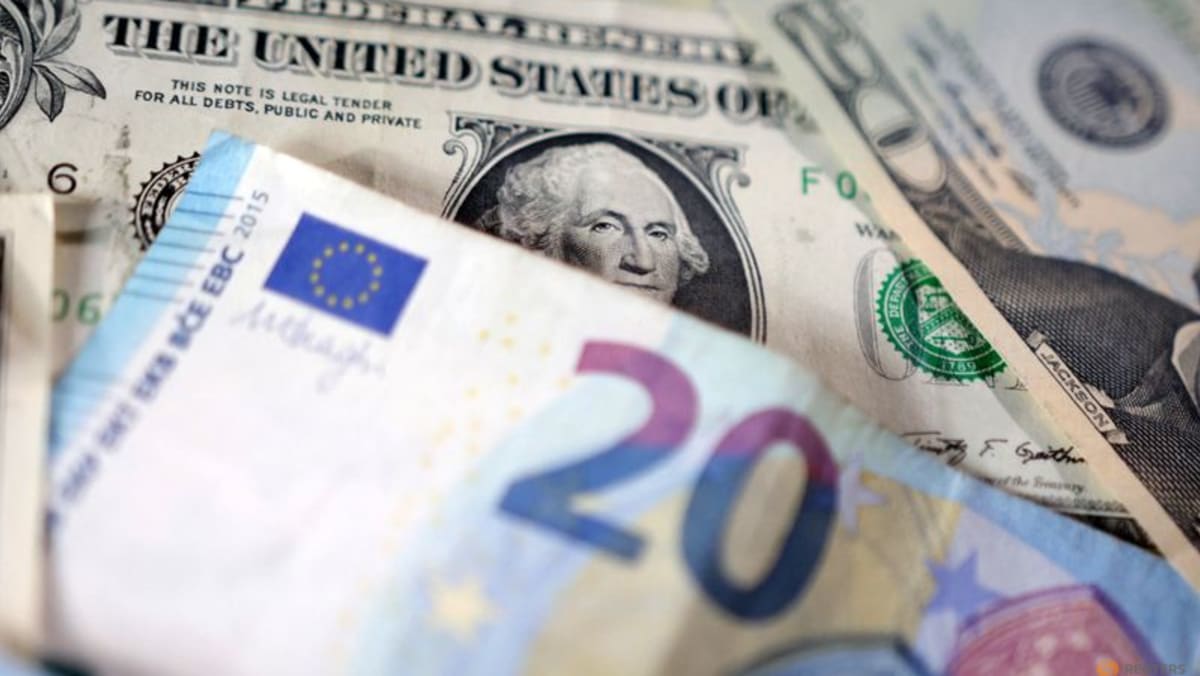TOKYO :The euro and U.S. dollar rose against the safe-haven yen and Swiss franc on Monday after President Donald Trump set a July 9 deadline for a trade deal with the European Union, rescinding his threat of a 50 per cent tariff from June 1.
Trump announced the decision to reporters on Sunday following a call with European Commission President Ursula von der Leyen, who asked for more time to reach an agreement. July 9 is the end of the 90-day pause on Trump’s “Liberation Day” levies on the EU and most other trade partners.
The de-escalation just two days after Trump issued the threat is a stark reminder of how quickly and suddenly U.S. trade policy can turn, even as it encouraged investors that deals can be struck and calmed worries about a global downturn.
The euro rose 0.3 per cent to 162.60 yen, and added 0.2 per cent against the dollar to reach the highest since April 30 at $1.1382.
The dollar rebounded as much as 0.4 per cent to 143.085 yen, after diving 1 per cent on Friday.
The risk-sensitive Australian dollar and British pound also held firm, with the Aussie ticking to the highest since May 7 at $0.6505 and sterling steady at $1.3535, just below Friday’s peak of $1.3550, a level last seen in February 2022.
“Markets have probably taken the view – and probably rightly so – that where we land eventually on a tariff situation between the U.S. and the EU is not going to be at 50 per cent, but how we get there is frankly anybody’s guess at the moment,” said Ray Attrill, head of FX research at National Australia Bank.
“If global growth expectations are going to suffer a renewed setback here, that’s not good news for pro-cyclical, pro-growth currencies such as the Aussie dollar.”
Even as Trump delivered Europe some breathing room, his threat of a 25 per cent duty on iPhones not made in the United States – which also significantly rattled investors on Friday – remains.
But in a possible nod to fiscal worries in the market, Trump also said on Sunday that his sweeping spending and tax cut bill is likely to see “significant” changes in the Senate.
The House of Representatives’ version of the tax bill is calculated to add about $3.8 trillion to the federal government’s $36.2 trillion in debt over the next decade, according to the Congressional Budget Office.
